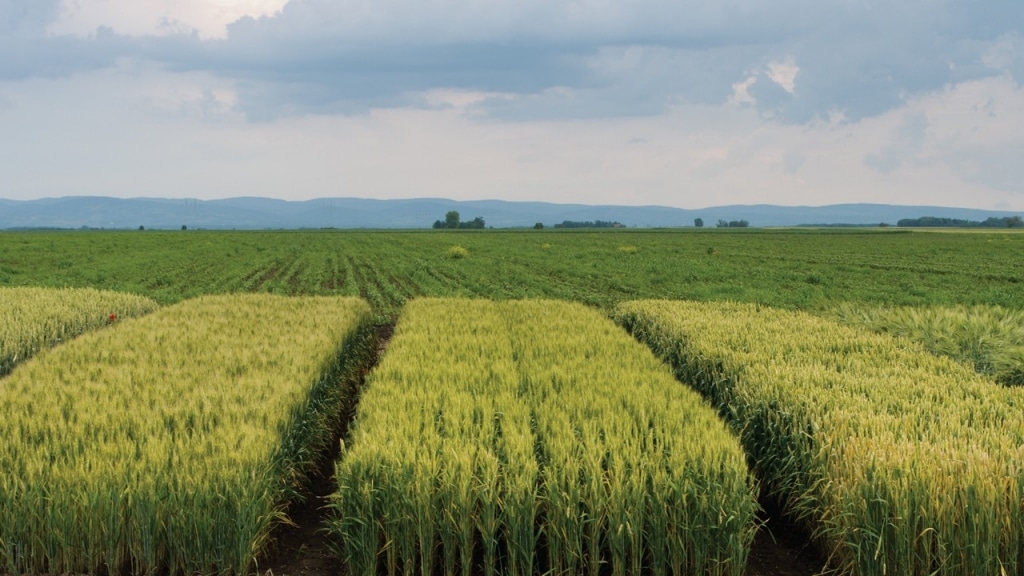What hybrid varieties have done for corn and canola is now occurring with rye, and should soon be happening with wheat.
The yields of both corn and canola have steadily increased, with hybrid vigour (heterosis) as a major contributing factor. Hybrid production is much easier to accomplish with some crops than others. That’s why hybrids haven’t been developed for soybeans.
With hybrids, producers need to purchase new seed every year, so the yield advantage has to be large enough to warrant the increased cost.
Over the past couple of years, hybrid fall rye has been introduced to Western Canada. Varieties developed by German-based KWS Cereals are being marketed by different seed companies in this country. Although developed for use in Europe, the varieties have been a hit in Canada.
Claus Nymand of KWS Cereals says the yield advantage is at least 20 per cent – and with proper management, may be closer to 30 per cent – as compared with conventional varieties. Winter hardiness is good and the new varieties show a considerably better falling number, a quality test important for the milling and distilling industries.
Rye is a minor acreage crop in Canada, but Nymand is optimistic that improved yields and quality will make rye more competitive with other cereals in the feed market, allowing acreage and production to increase.
Meanwhile, Syngenta and Bayer CropScience are among the companies working on hybrid wheat varieties. Darcy Pawlik, the North American product manager for cereals at Syngenta, believes the hybridization of wheat can create added value for all players in the value chain.
In North Dakota, Syngenta’s first experimental wheat hybrids were grown in field trials last year, exhibiting a 10 to 15 per cent yield advantage. Pawlik says the commercialization target for the U.S. market is 2020.
The company hopes the first hybrid wheat varieties will be available in Canada a couple of years later. Canada has a three-year registration process, and that may slow things a bit.
While the first wheat hybrids may only have a 10 per cent yield advantage, Pawlik acknowledges that’s the minimum necessary to justify the cost of producers buying hybrid seed. He expects superior results from subsequent varieties. Syngenta is also working with hybrid barley, but at this point that work has been in Europe.
Cereals have often been the least profitable crops in the rotation. Hybridization would appear to be one of the best hopes for reducing the cost of production on a per tonne basis.
Source: FCC (from an AgriSuccess article, June 2017)





